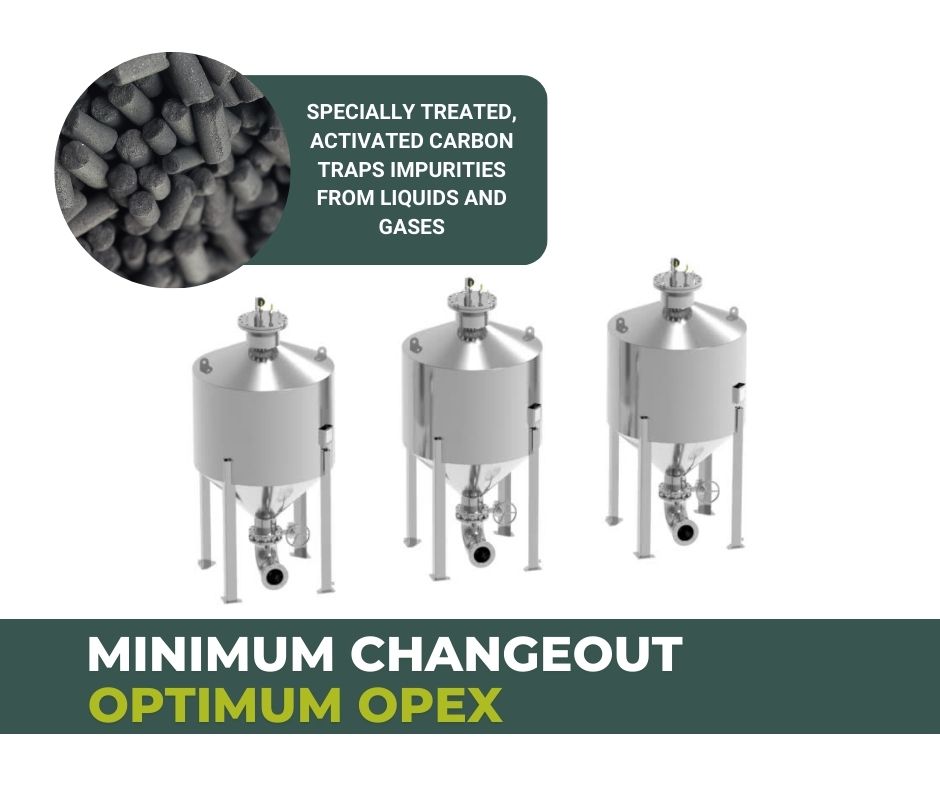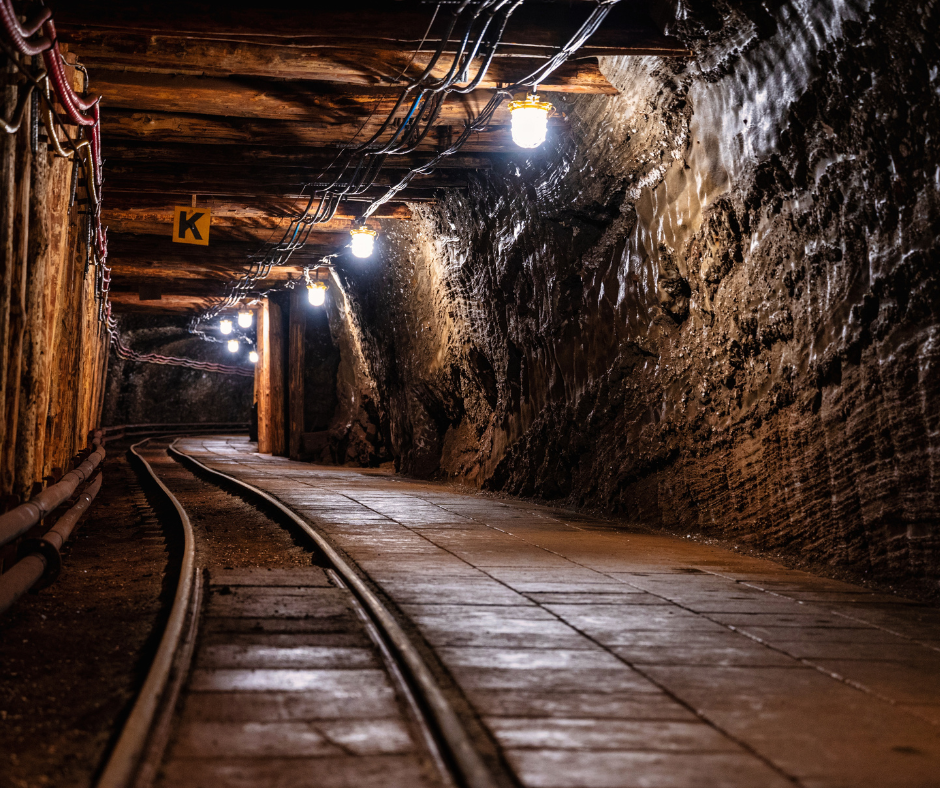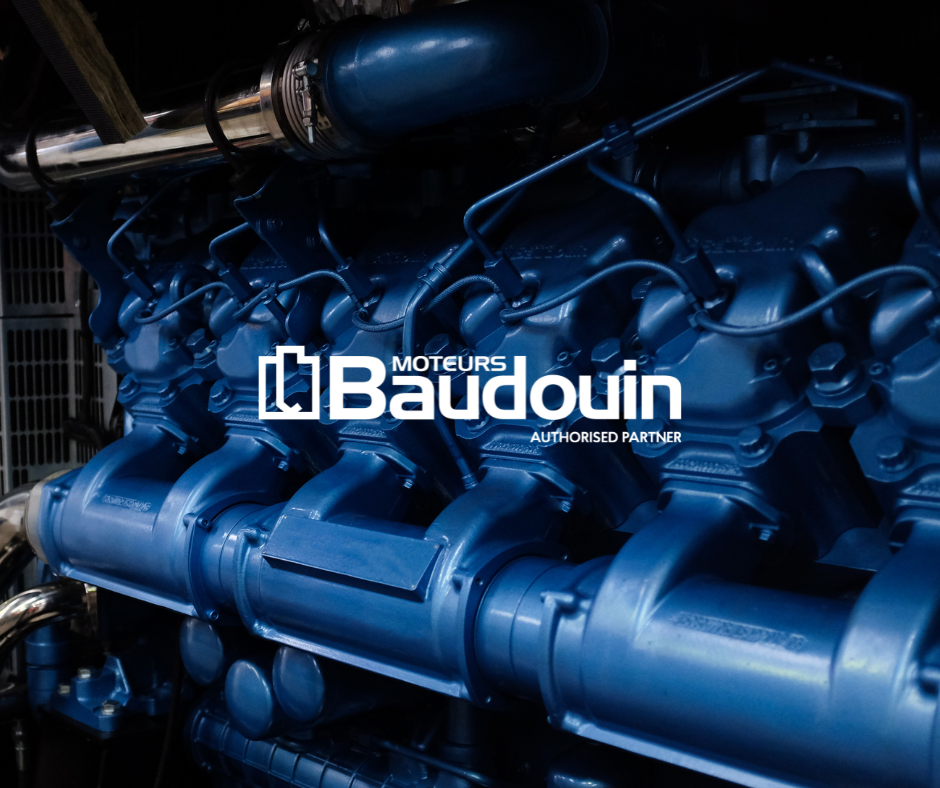
As global industries pivot towards sustainability, the food sector is eager to leverage bio CO2 (carbon dioxide derived from biological processes) to support food production, storage and packaging. For those who have CO2 derived from anaerobic digestion of organic wastes, this represents an exciting commercial opportunity.
Investing in a CO2 liquefaction unit offers a unique opportunity to supply bio CO2 to capitalise on this demand.
Our company is leading this transformation by adding CO2 liquefaction assets to existing biogas infrastructure or including this technology as an integral part of biogas plant design, providing a reliable source of high-purity bio CO2.
Purifying bio CO2 involves several steps to remove impurities and contaminants, ensuring it meets the quality standards required for its intended use. Our cutting-edge engineering solutions excel in transforming gaseous carbon dioxide into a potent, versatile liquid state through meticulous compression and precision cooling processes.
The liquefaction of CO2 heralds a multitude of advantages across diverse industries and applications, while improving your carbon footprint. Our advanced CO2 liquefaction systems:
- Offer zero methane slip – any remaining methane in the CO2 is recovered in the liquefying process.
- Containerised, custom solutions – Modular equipment allows for flexibility, scalability and minimal downtime.
- Remote monitoring and control – Our remote monitoring and control systems facilitate optimum performance and plant efficiency in real time.
Here’s how the food industry can leverage bio CO2 to enhance sustainability, efficiency, and product quality.
1. Carbonation of Beverages
Soft Drinks and Sparkling Water: Bio CO2 is essential for carbonating beverages, imparting the characteristic fizz and texture to soft drinks, sparkling water, and even some alcoholic beverages like beer and champagne.
2. Modified Atmosphere Packaging (MAP)
Food Preservation: Bio CO2 is a key component in modified atmosphere packaging, extending the shelf life of fresh and processed foods such as meats, fish, fruits, vegetables, and baked goods. It inhibits the growth of spoilage organisms and pathogens.
3. Freezing and Chilling
Cryogenic Freezing: Utilising bio CO2 in cryogenic freezing systems allows for rapid freezing of food products, maintaining their quality, texture, and nutritional value.
Dry Ice: Bio-derived dry ice is used for cooling during the transport of perishable goods, enhancing the sustainability of the refrigeration process.
4. pH Control and Regulation
Food Processing: CO2 plays a crucial role in various food processing techniques to control pH levels. It is used in the production of baked goods, dairy products, and certain meat products to manage acidity.
5. Fermentation Processes
Brewing and Winemaking: CO2 is a natural byproduct of fermentation in brewing and winemaking. Capturing and reusing bio CO2 from these processes improves sustainability and reduces waste.
6. Extraction and Processing
Supercritical CO2 Extraction: Bio CO2 is utilised in supercritical fluid extraction to obtain flavours, fragrances, and essential oils from plants. This method is also used for decaffeinating coffee and extracting hop flavours in beer production, ensuring a more natural and sustainable process.
7. Waste Management and Recycling
Utilising Byproducts: The food industry can capture CO2 produced from waste management processes, such as the anaerobic digestion of food waste, creating a closed-loop system that maximises resource efficiency.
8. Greenhouse Applications
Enhancing Plant Growth: Bio CO2 is used in greenhouses to promote plant growth. This application ensures that crop cultivation is more sustainable and less dependent on fossil fuel-derived CO2.
How does CO2 liquefaction work?
CO2 liquefaction is a critical process for the efficient storage, transportation, and utilisation of carbon dioxide, particularly in its bio-derived form. Here’s a detailed look at how CO2 liquefaction works:
The Process of CO2 Liquefaction
- Purification
- Removal of Impurities: Before CO2 can be liquefied, it must be purified to remove impurities and contaminants. This ensures the CO2 meets the quality standards required for its intended applications. Purification typically involves several steps, including filtration, adsorption, and chemical scrubbing.
- Compression
- Increasing Pressure: The purified CO2 gas is compressed to increase its pressure. This is typically done using multi-stage compressors. The aim is to reach the pressures required for the CO2 to transition from a gaseous to a liquid state.
- Cooling
- Lowering Temperature: As the CO2 is compressed, it is simultaneously cooled. This is achieved using refrigeration cycles or heat exchangers. Cooling is essential because CO2 must be brought to its critical temperature (31.1°C or 87.8°F) and below its critical pressure (7.38 MPa or 1071 psi) to become a liquid.
- Condensation
- Phase Transition: Once the CO2 has reached the necessary temperature and pressure conditions, it condenses into a liquid. This phase transition is carefully controlled to ensure maximum efficiency and to prevent the formation of solid CO2 (dry ice), which can complicate the process.
- Storage and Transportation
- Maintaining Conditions: The liquefied CO2 is then stored in specially designed tanks that maintain the necessary low temperatures and high pressures to keep the CO2 in its liquid state. These tanks are insulated and often equipped with pressure-relief systems for safety.
- Transportation: For transport, the liquid CO2 is loaded into cryogenic transport vessels or tanker trucks, which are also designed to maintain the required conditions. This enables safe and efficient delivery to various end-use applications, such as in the food industry.






